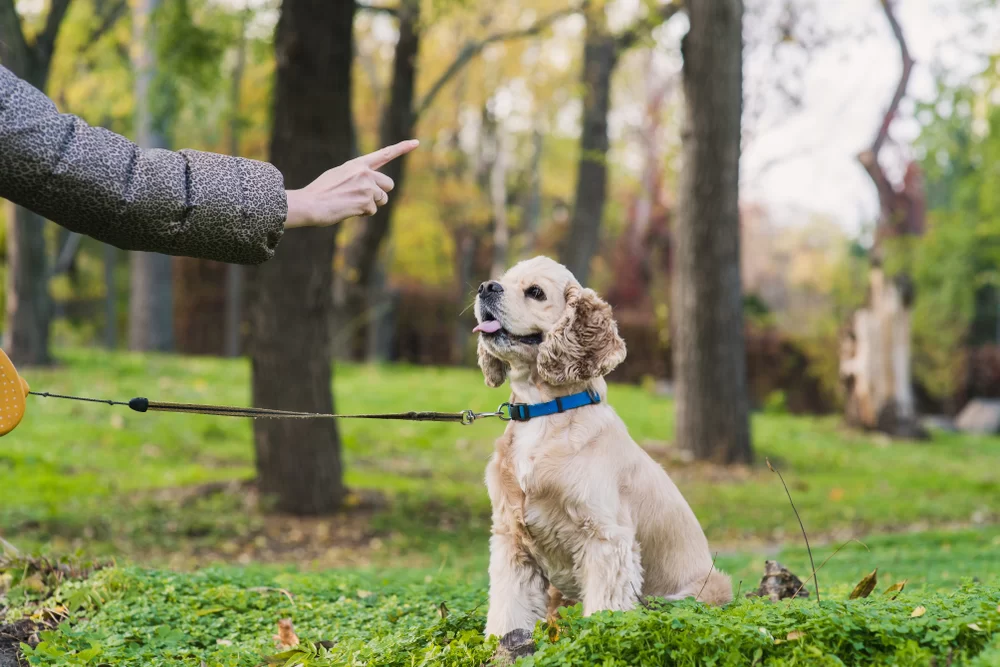How to Stop a Dog from Jumping on People: Proven Techniques for a Well-Behaved Pup
If you're a dog owner, you probably know the struggle of trying to keep your dog from jumping on people. Whether it's your guests, family members, or even strangers on walks, the behavior can be frustrating and sometimes embarrassing. But fear not—there are proven methods that can help curb this behavior and teach your dog to greet others in a more controlled, polite manner. Let me take you through some of the most effective strategies I've learned over the years.
1. Understanding Why Dogs Jump
Before diving into solutions, it’s essential to understand why dogs exhibit this behavior in the first place. As much as we find it annoying, dogs don’t jump out of malice—they're usually seeking attention. Dogs may jump because they are excited, seeking affection, or trying to assert themselves as the dominant one in the relationship. Sometimes, it’s a learned behavior, particularly if they've been reinforced with attention when jumping in the past.
When my dog, Max, was a puppy, he used to jump on everyone who came to visit. It was cute at first, but as he grew older, his jumping became a problem. I realized that he was simply reacting to excitement, and his behavior was a way to get attention. But with the right approach, it became much more manageable. Here's how I did it.
2. Teaching Your Dog to Stay Calm: The "Sit" Command
One of the most effective ways to stop a dog from jumping is teaching them the "sit" command. Not only is this a useful behavior in many situations, but it can be especially helpful in controlling jumping. When your dog goes to jump, you can simply ask them to sit, which redirects their energy into a calm, controlled position. The key is consistency.
When I first started training Max, I would ask him to sit every time he attempted to jump. It took some time, but eventually, he understood that sitting was the better option for getting attention. If you're unsure of how to teach your dog to sit, here’s a simple step-by-step method:
- Hold a treat near your dog’s nose.
- Slowly raise the treat above their head to guide them into a sitting position.
- As soon as they sit, immediately reward them with the treat and praise.
Repeat this exercise in various environments so your dog can learn to generalize the behavior. Once your dog associates sitting with getting a reward, you can use it as a calming mechanism during greetings.
3. Reinforce Calm Behavior: Ignore the Jumping
Another important technique is to ignore the jumping behavior entirely. It may sound counterintuitive, but giving attention to a dog when they jump only reinforces that behavior. When Max jumped, I would turn my back and refuse to engage with him until he calmed down. The moment he stopped jumping and sat, I would immediately reward him with attention, petting, or treats. This teaches the dog that calm behavior results in positive reinforcement, while jumping results in no reward.
It’s important to stay consistent here. If you give attention to your dog while they’re jumping, even accidentally, you might be reinforcing the very behavior you want to eliminate. Practice patience, and with time, your dog will start to learn that calm behavior is the way to get what they want.
4. Leash Training: Controlling Excitement Outdoors
Leash training is another effective tool in preventing your dog from jumping, especially in situations where they are most excited, like on walks or when encountering new people. When walking Max, I noticed that he would jump on people passing by. To correct this, I started using a leash to gently control his movement and prevent him from leaping. I also worked on reinforcing commands like "stay" and "leave it" when he would get too excited.
If your dog tends to jump on others during walks, make sure to practice basic leash manners first. You can try the following methods:
- Use a shorter leash to maintain better control.
- Ask your dog to "sit" or "stay" when meeting new people.
- If they jump, calmly redirect them with a firm "no" or a quick tug on the leash, followed by sitting or walking calmly.
By reinforcing calm behavior on the leash, your dog will start to associate walking with being composed rather than excitable and jumpy.
5. Training Through Positive Reinforcement
Positive reinforcement is one of the best ways to encourage your dog to adopt the behavior you desire. Every time your dog responds appropriately—whether that’s sitting, staying calm, or greeting people politely—reward them with a treat, praise, or affection. Max loved to get his belly rubbed, so when he behaved calmly, I’d give him a good scratch as his reward. The more you reinforce good behavior, the more it will become ingrained in your dog’s routine.
Keep in mind that consistency is key. It’s tempting to let little things slide, but dogs thrive on routine, and reinforcing the desired behavior consistently will yield the best results over time.
6. Enlist Professional Help if Needed
If you’ve tried these techniques and your dog still can’t seem to control their jumping, it might be time to seek professional help. A dog trainer can assess your dog's specific behavior and tailor a training program to suit their needs. Whether it’s a one-on-one session or group training, professional guidance can help you and your dog overcome this hurdle more effectively.
When Max’s jumping behavior persisted, I enlisted the help of a trainer. The extra insight and tailored training really made a difference in how quickly he adapted. Trainers use various tools, including clickers and other positive reinforcement methods, to help accelerate the learning process.
7. Managing Excitement in Different Environments
It’s important to remember that excitement levels vary depending on the environment. A dog may jump less at home but become overexcited when they meet new people at the park. To manage this, practice greeting scenarios in a variety of settings. The more you expose your dog to these situations in controlled ways, the more likely they are to generalize their training to different environments.
For example, when Max met new people, I would have him on a leash, and we'd practice the "sit" command each time someone new arrived. Over time, he learned to stay calm, regardless of where he was.
With patience, consistency, and positive reinforcement, your dog will eventually learn that jumping on people is not the best way to get attention. Whether you’re in the comfort of your home or out for a walk, these techniques will help you achieve a well-behaved dog who can greet others in a calm, controlled manner.











